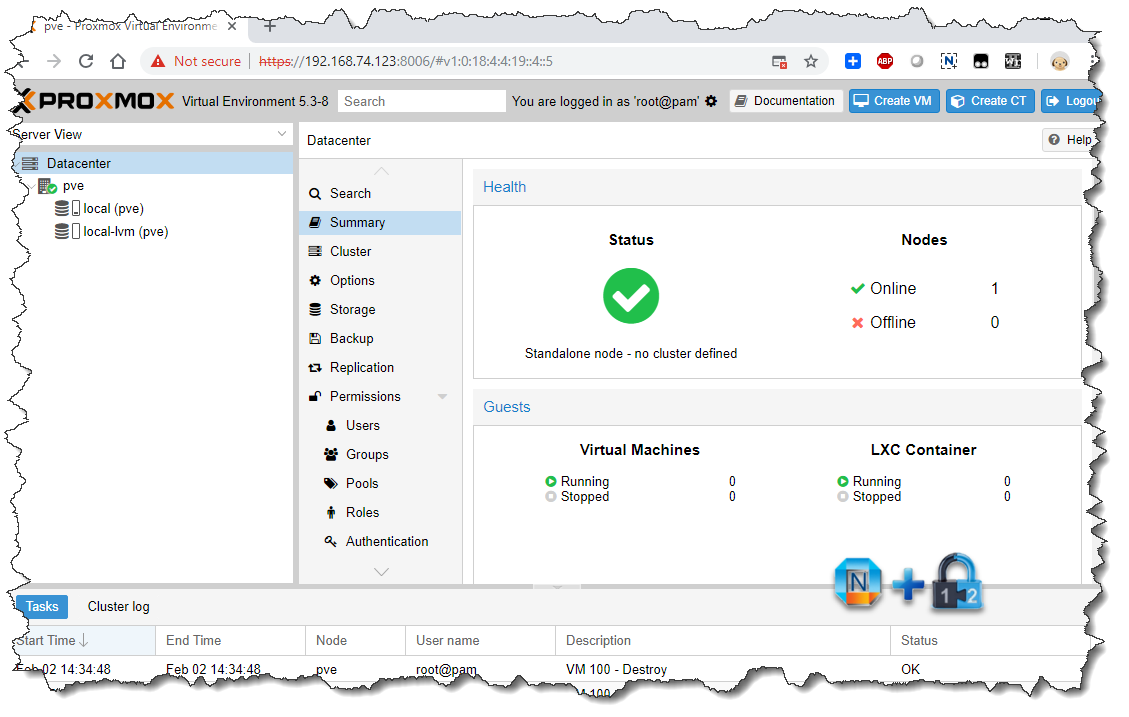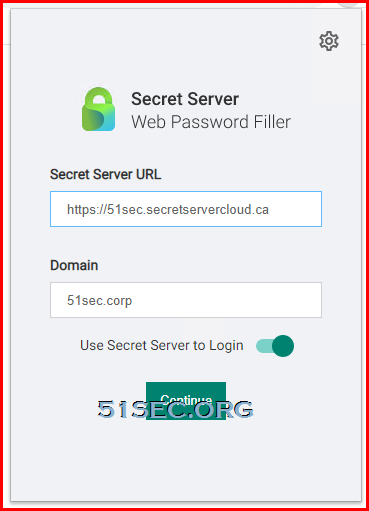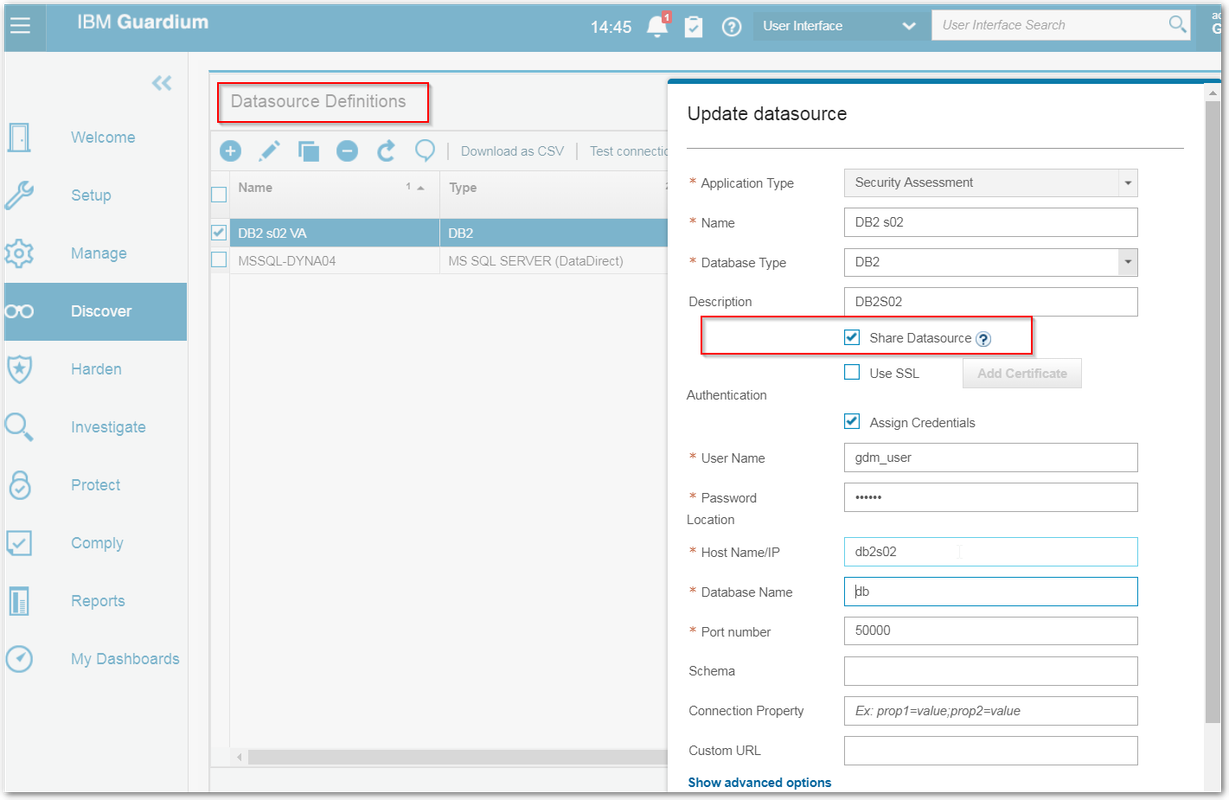
- Symantec endpoint protection 14 docker how to#
- Symantec endpoint protection 14 docker code#
- Symantec endpoint protection 14 docker password#
Automation can scale such actions from a one endpoint or one set of similar endpoints to many endpoints of various types. In the final incident response as part of a security workflow, endpoint protection platforms can be configured to deploy and enforce new policies to prevent access or to quarantine endpoints.
Symantec endpoint protection 14 docker how to#
In the threat hunting blog post, we already showed how to do this on an IDPS - with an endpoint protection platform, we can extend the set of actions by automatically deploying custom scans on all possibly related endpoints. A use case for security automation is to automatically set the log verbosity across all corresponding devices and configure the reporting to forward the data to the SIEM.ĭuring threat hunting, vital steps are to roll out new rules across all possible affected systems. In investigation enrichment, it can be crucial to gather information not only from systems inside the data center, but also from the endpoints that are associated with certain users. This makes it especially compelling to embed endpoint protection into typical security automation use cases. This means a tight control and consistent monitoring of crucial components is pivotal to a successful security strategy. Recent publicly known cases like ISS World show that affected companies can suffer serious damage in business operations.Īnother perspective to look at is the internal malicious actor: 34% of data breaches involved internal actors, according to Verizon. Nearly 15% of US security budgets go to remediating active compromises.įor example, ransomware has gained a lot of attention recently: A successful infection leads to the encryption of data on corporate file shares or database servers. The answer is simple: malware is a serious threat to today’s security teams:Īccording to Incident Response teams, malware is the root cause of 68% of the incidents they investigate.

With a growing and more diversifying landscape of security solutions, the question remains why we picked endpoint protection as the next larger integration to pursue. If necessary, response actions can be performed to stop applications, close ports, deny user access or even wipe entire systems.Įndpoint protection in the larger scope of security
Symantec endpoint protection 14 docker password#
Additionally, policies like mandatory device encryption, password rules or user and group rights are enforced.
Symantec endpoint protection 14 docker code#
Thus the device itself, but also the installed applications, dynamically loaded code and user behavior are monitored and telemetry data are gathered for long term analysis. The deployment of an EPP is often done with the help of agents on target nodes to collect data and enforce actions. As part of endpoint protection, those devices are continuously monitored to detect suspicious behavior.Īn endpoint protection platform (EPP) is a solution deployed on endpoint devices to prevent file-based malware attacks, detect malicious activity, and provide the investigation and remediation capabilities needed to respond to dynamic security incidents and alerts. The details of each implementation can vary, but the general approach is to target devices that are either operated by employees or are exposed to public access.

The most recent addition to our security automation initiative was announced at AnsibleFest 2020: the extension to support endpoint protection use cases.Įndpoint protection is about the elements in IT that are most vulnerable to the human element of security. If you want to know more about what is available, have a look at the supported Collections that can be accessed via for more details.

The Ansible security automation initiative grew significantly over the last two years, adding more partners and covering additional domains and use cases. A good follow up is our blog post about threat hunting, extending the application of Ansible security automation to multiple teams across the IT department. If you are new to the topic, a good place to start is our investigation enrichment blog. Red Hat Ansible Automation Platform caters to this growing importance of security with Ansible security automation: our answer to the lack of integration across the IT security industry. With so many different layers, automation proved to be effective in helping security operations teams to integrate and share accountability.Īutomated processes and workflows simplify and accelerate shared processes, like investigation & response and, if enabled with a platform with the right characteristics, encourage a more open culture of collaboration.

Enterprise security isn’t a homogeneous entity it’s a portfolio of multi-vendor solutions run by disparate and often siloed teams.


 0 kommentar(er)
0 kommentar(er)
